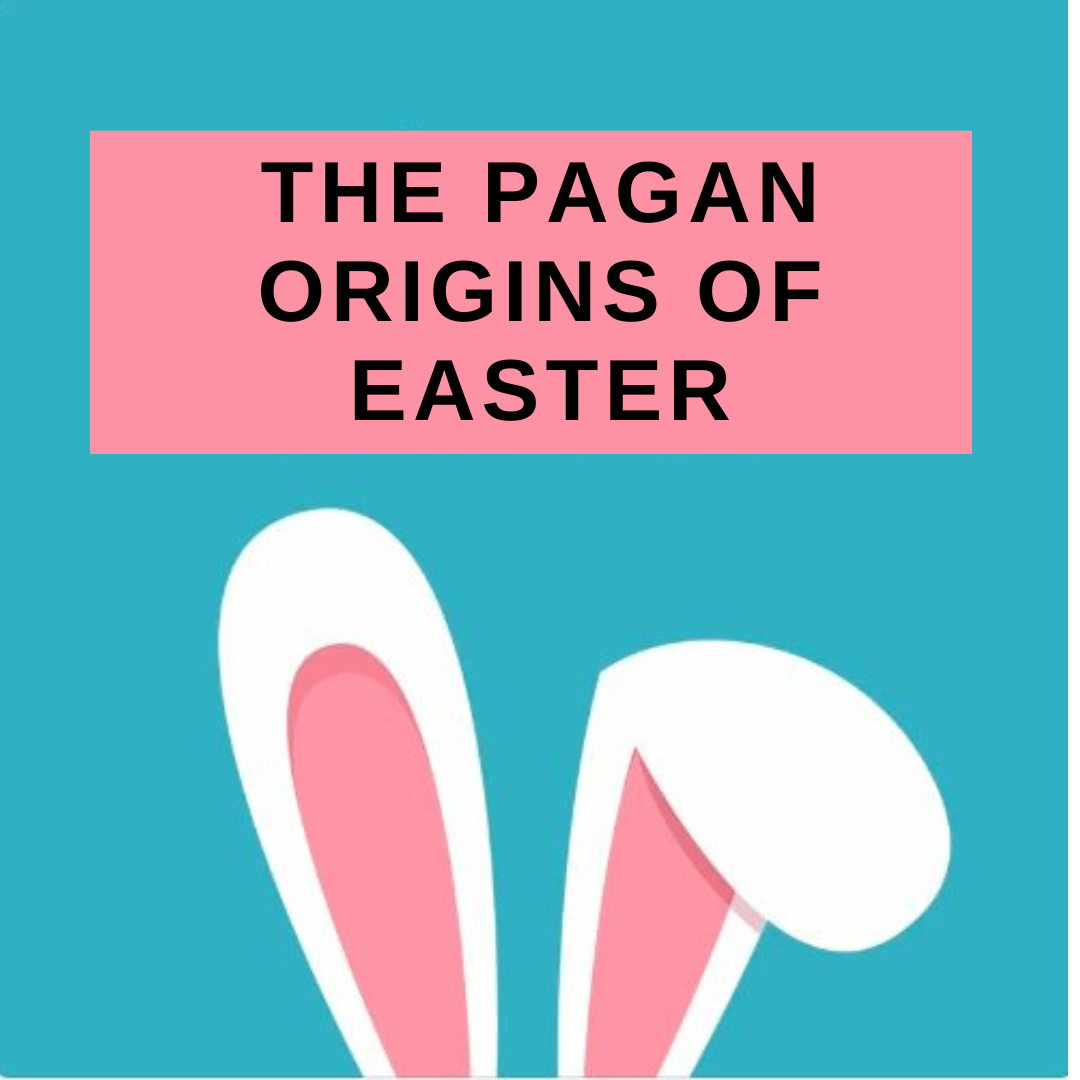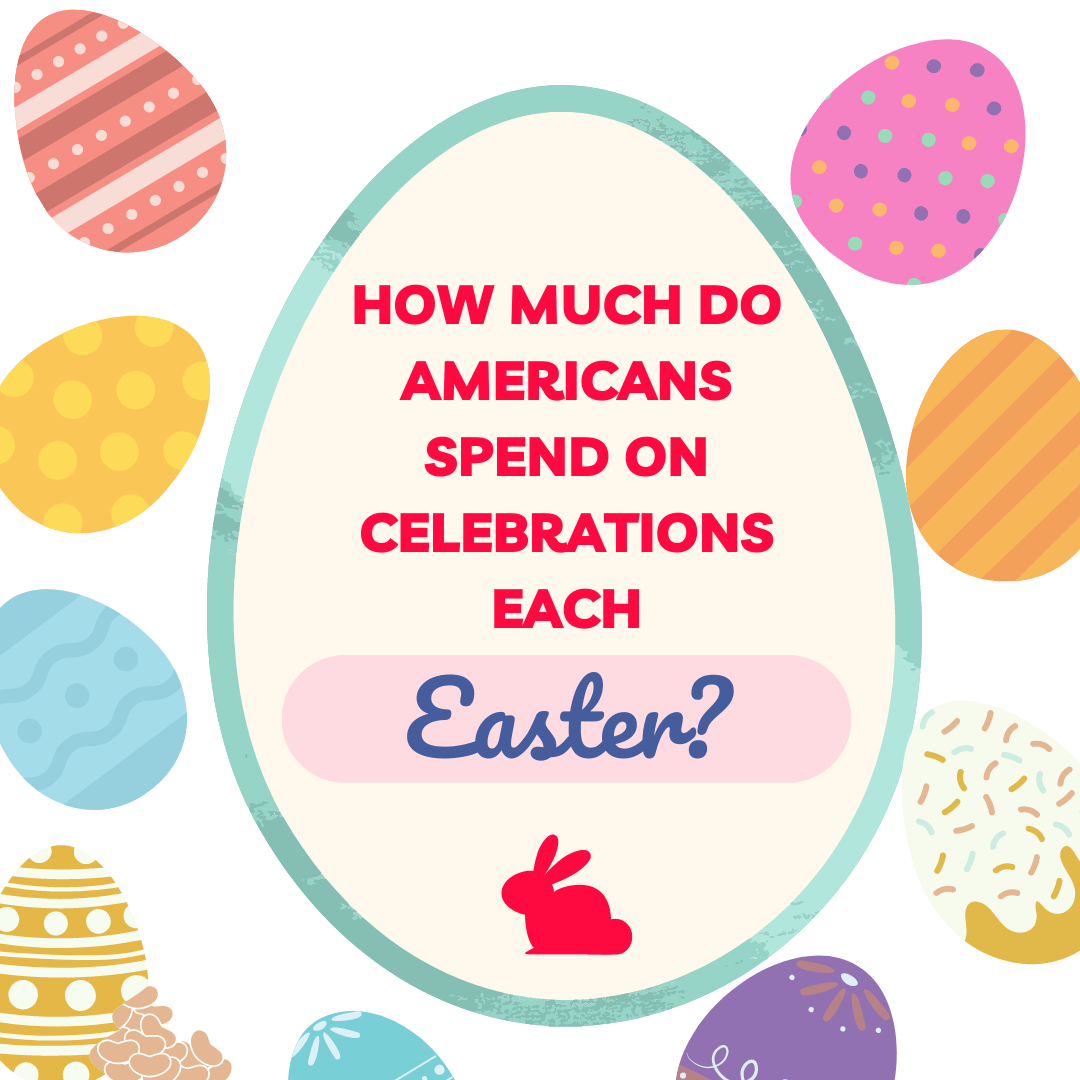Easter stands as one of the most significant festivals in the Christian calendar, marking the resurrection of Jesus Christ. However, beneath its Christian veneer lie deep-seated pagan customs and traditions that have influenced the holiday’s evolution over millennia. Exploring the pagan origins of Easter unveils a fascinating narrative of cultural assimilation and adaptation, highlighting the interplay between ancient beliefs and modern religious practices

Ancient Spring Festivals: Celebrating Renewal and Rebirth The origins of Easter can be traced back to ancient springtime celebrations that predate Christianity. Across diverse cultures and civilizations, people commemorated the arrival of spring with festivals dedicated to fertility, renewal, and the rebirth of nature. Among these were pagan observances such as the Roman festival of Saturnalia, the Sumerian New Year festival, and the Germanic festival of Ostara, all of which celebrated the awakening of life after the dormancy of winter.
The name “Easter” comes from the Anglo-Saxon goddess of spring, Eostre, who was first documented in the eighth century. Eostre was celebrated with a festival during the spring equinox, and some scholars believe her association with hares is the origin of the Easter Bunny story.
Eggs, Symbols of Fertility and New Life: Eggs have long been associated with fertility and new life in ancient cultures worldwide. In pagan rituals, eggs were dyed, decorated, and exchanged as symbols of fertility and abundance during springtime festivities. The custom of egg decoration and gifting found its way into Easter traditions, with Christians adopting eggs as symbols of the resurrection and new beginnings. The practice of Easter egg hunts and the coloring of eggs are remnants of these ancient pagan customs, seamlessly integrated into Christian observances.
Hares and Rabbits: Guardians of Springtime: The hare and rabbit, symbols of fertility and fecundity, were revered in many pagan traditions as guardians of springtime abundance. In Germanic folklore, the goddess Ēostre was said to be accompanied by a hare, symbolizing the arrival of spring and the renewal of life. Similarly, the association of rabbits with Easter can be traced back to pagan fertility rites, where these creatures represented the prolific reproductive powers of nature. Over time, the hare and rabbit became enduring symbols of Easter, embodying themes of renewal and vitality.
Christianization of Pagan Customs: As Christianity spread across Europe, early church leaders sought to supplant pagan rituals with Christian observances, thereby facilitating the conversion of pagan populations. In an effort to co-opt existing customs and traditions, the Church incorporated elements of pagan festivals into Christian holidays, including Easter. By assimilating pagan symbols such as eggs, hares, and springtime imagery into Easter celebrations, the Church succeeded in Christianizing ancient pagan rites while retaining their cultural significance.
Conclusion: The pagan origins of Easter reveal a complex interplay of ancient beliefs, cultural practices, and religious observances that have shaped the holiday’s evolution over time. While Easter has become synonymous with the resurrection of Jesus Christ in Christian theology, its roots in pre-Christian springtime festivals underscore the enduring legacy of ancient traditions. By tracing the pagan origins of Easter, we gain a deeper appreciation for the rich tapestry of human history and the diverse cultural influences that continue to resonate in our modern-day celebrations.

